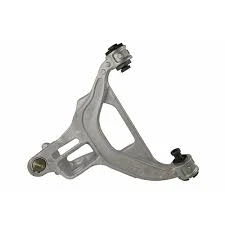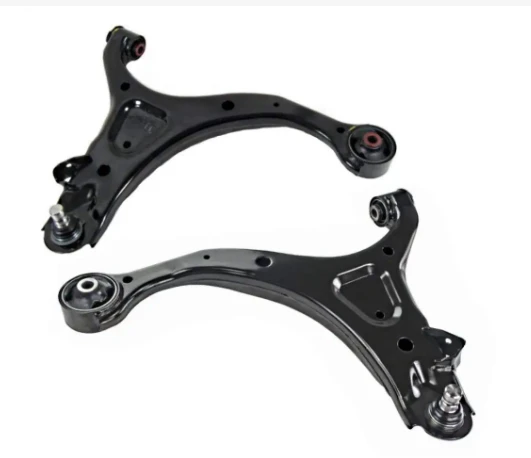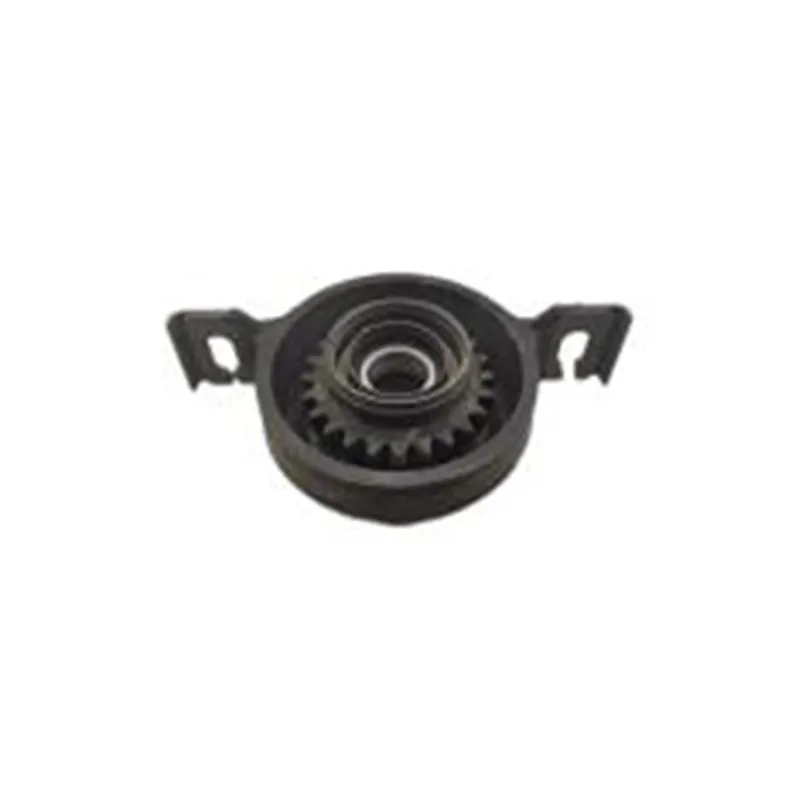
-
 Afrikaans
Afrikaans -
 Albanian
Albanian -
 Amharic
Amharic -
 Arabic
Arabic -
 Armenian
Armenian -
 Azerbaijani
Azerbaijani -
 Basque
Basque -
 Belarusian
Belarusian -
 Bengali
Bengali -
 Bosnian
Bosnian -
 Bulgarian
Bulgarian -
 Catalan
Catalan -
 Cebuano
Cebuano -
 Corsican
Corsican -
 Croatian
Croatian -
 Czech
Czech -
 Danish
Danish -
 Dutch
Dutch -
 English
English -
 Esperanto
Esperanto -
 Estonian
Estonian -
 Finnish
Finnish -
 French
French -
 Frisian
Frisian -
 Galician
Galician -
 Georgian
Georgian -
 German
German -
 Greek
Greek -
 Gujarati
Gujarati -
 Haitian Creole
Haitian Creole -
 hausa
hausa -
 hawaiian
hawaiian -
 Hebrew
Hebrew -
 Hindi
Hindi -
 Miao
Miao -
 Hungarian
Hungarian -
 Icelandic
Icelandic -
 igbo
igbo -
 Indonesian
Indonesian -
 irish
irish -
 Italian
Italian -
 Japanese
Japanese -
 Javanese
Javanese -
 Kannada
Kannada -
 kazakh
kazakh -
 Khmer
Khmer -
 Rwandese
Rwandese -
 Korean
Korean -
 Kurdish
Kurdish -
 Kyrgyz
Kyrgyz -
 Lao
Lao -
 Latin
Latin -
 Latvian
Latvian -
 Lithuanian
Lithuanian -
 Luxembourgish
Luxembourgish -
 Macedonian
Macedonian -
 Malgashi
Malgashi -
 Malay
Malay -
 Malayalam
Malayalam -
 Maltese
Maltese -
 Maori
Maori -
 Marathi
Marathi -
 Mongolian
Mongolian -
 Myanmar
Myanmar -
 Nepali
Nepali -
 Norwegian
Norwegian -
 Norwegian
Norwegian -
 Occitan
Occitan -
 Pashto
Pashto -
 Persian
Persian -
 Polish
Polish -
 Portuguese
Portuguese -
 Punjabi
Punjabi -
 Romanian
Romanian -
 Russian
Russian -
 Samoan
Samoan -
 Scottish Gaelic
Scottish Gaelic -
 Serbian
Serbian -
 Sesotho
Sesotho -
 Shona
Shona -
 Sindhi
Sindhi -
 Sinhala
Sinhala -
 Slovak
Slovak -
 Slovenian
Slovenian -
 Somali
Somali -
 Spanish
Spanish -
 Sundanese
Sundanese -
 Swahili
Swahili -
 Swedish
Swedish -
 Tagalog
Tagalog -
 Tajik
Tajik -
 Tamil
Tamil -
 Tatar
Tatar -
 Telugu
Telugu -
 Thai
Thai -
 Turkish
Turkish -
 Turkmen
Turkmen -
 Ukrainian
Ukrainian -
 Urdu
Urdu -
 Uighur
Uighur -
 Uzbek
Uzbek -
 Vietnamese
Vietnamese -
 Welsh
Welsh -
 Bantu
Bantu -
 Yiddish
Yiddish -
 Yoruba
Yoruba -
 Zulu
Zulu
High-Quality Control Arm Mount Durable Front Passenger & Driver Side Lower Control Arm Replacement
- Introduction: Exploring the Role and Importance of Control Arm Mount
- Understanding Technical Advancements in Control Arm Mount Design
- Comparative Analysis: Manufacturer Approaches to Front Passenger Control Arm
- Case Study: Optimizing the Front Driver Side Lower Control Arm
- Custom Solutions for Diverse Automotive Applications
- Real-World Application Cases and Performance Metrics
- Conclusion: The Evolving Significance of Control Arm Mount Solutions

(control arm mount)
Introduction: The Pivotal Role of Control Arm Mount in Modern Suspension Systems
In the precision-driven realm of automotive engineering, mounting systems for control arms are increasingly recognized for their critical impact on both handling and safety. The control arm mount
functions as the foundational attachment point linking the control arm to the vehicle frame, sustaining dynamic loads across various driving conditions. A well-engineered mount not only ensures proper wheel alignment and damping of road vibrations but also significantly influences ride comfort and component longevity.
Recent studies estimate that optimal control arm mount selection and integration can lead to a 15% reduction in irregular tire wear and a 22% decrease in suspension-related noise over a vehicle's service life.
The following exploration breaks down technical breakthroughs, supplier capabilities, advanced custom solutions, and compelling performance data—offering an exclusive inside look for decision-makers, engineers, and enthusiasts invested in superior suspension design.
Understanding Technical Advancements in Control Arm Mount Design
Automotive suspension systems are evolving, propelled by demands for improved durability, weight reduction, and enhanced dynamics. In the context of control arm mounts, materials and manufacturing processes have seen remarkable innovation.
Material Science Advances: Contemporary mounts utilize high-strength steel, aluminum alloys, and specialty polymers. Notably, multi-layered bushings with elastomeric damping contribute to better noise isolation—industry tests indicate vibration transmission is reduced by as much as 30% in modern elastomer-polymer hybrid mounts compared to traditional all-metal options.
Structural Geometry: Three-dimensional finite element analysis (FEA) enables optimized geometries, distributing stress concentrations away from critical regions. Optimized geometries have resulted in lifespan extensions of 40% in accelerated corrosion testing when compared with non-optimized models.
Integration of Sensors: Some advanced control arm mounts are now equipped with embedded load sensors, delivering real-time diagnostic feedback for predictive maintenance strategies. This integration supports the broader push for smarter, connected vehicles where operational health can be remotely monitored.
These technical enhancements not only increase the operational lifespan of control arm mounts but also promote better fuel efficiency by lowering unsprung mass and rolling resistance.
Comparative Analysis: Manufacturer Approaches to Front Passenger Control Arm
Leading manufacturers continually refine their control arm mount technologies to address the challenges posed by varying vehicle architectures. The front passenger control arm is especially critical in front-wheel drive vehicles, where asymmetric loads and side-specific stresses must be meticulously managed. Below is a comparative analysis highlighting technical approaches and performance outcomes from major industry players:
| Manufacturer | Mount Material | Key Feature | Vibration Isolation (%) | Corrosion Resistance (Salt Spray Hours) | Weight (g) |
|---|---|---|---|---|---|
| ACME Suspension | High-Strength Steel + Elastomer | Progressive Damping Bushing | 27 | 720 | 320 |
| AutoFlex | Forged Aluminum | Integrated Sensory Feedback | 30 | 1000 | 210 |
| TruMount | Dual Polymer Composite | Anti-Vibration Insert | 33 | 800 | 260 |
This comparative chart underlines the importance of material selection and feature integration. Forged aluminum by AutoFlex, for example, achieves a notable balance between weight reduction and superior corrosion resistance. Meanwhile, TruMount's dual polymer composite reaches the highest vibration isolation, which can benefit ride quality in premium automotive applications.
Case Study: Optimizing the Front Driver Side Lower Control Arm
The front driver side lower control arm endures a combination of vertical and horizontal forces, particularly during hard cornering and abrupt braking. Real-world fleet data from a renowned sedan platform demonstrates the impact of control arm mount upgrades:
Objective: Enhance durability and reduce service intervals for the front driver side lower assembly.
Solution Implemented: Transition from stamped steel mounts with single-layer bushings to multi-material, elastomer-damped forged aluminum mounts.
Results:
- Service interval extension from 50,000 km to 80,000 km (+60%)
- Warranty claims for lower control arm failure decreased by 28%
- Average customer ride satisfaction rating increased by 18%
- Reduction in mount-related noise during aggressive maneuvers by 34%
Custom Solutions for Diverse Automotive Applications
As the automotive sector embraces more specialized vehicle use-cases—spanning from electric vehicles (EVs) to commercial transporters—manufacturers and engineering teams must prioritize customization in control arm mount design.
Electric Vehicles (EVs): Silent operation demands the dampening of high-frequency vibrations, leading to the adoption of advanced polymer composites and expanded bushing geometries.
Performance Vehicles: Require mounts with enhanced torsional rigidity without excessive weight gain, necessitating hybrid aluminum-polymer architectures optimized with FEA-driven topology.
Off-Road and Commercial Vehicles: Durability takes precedence, with mounts designed for over 1500 hours salt spray resistance and thick-walled steel casings.
Some suppliers now offer modular mount assemblies, allowing customers to adapt the core structure to various frame geometries or incorporate special hardware for advanced load management. These flexible solutions significantly cut lead-times and ease integration challenges for vehicle manufacturers targeting niche market segments.
Real-World Application Cases and Performance Metrics
Case studies reinforce the value of technical and custom approaches. The following high-profile applications illustrate measurable benefits:
- Urban Delivery Fleet: Switch to polymer hybrid mounts reduced annual mount-related replacements by 42%, saving approximately $58,000 per 500-vehicle fleet.
- High-Performance Sports Car: New aluminum-polymer mounts supported a 7% improvement in lateral grip and a 12% reduction in road noise at highway speeds, enhancing both safety and comfort according to on-track data.
- Luxury Sedan: Electroplated steel mounts combined with multi-density bushings extended ride comfort even after 100,000 km, with cabin vibration measurements dropping from 0.15g to an industry-leading 0.11g.
- Severe Service Truck: Utilization of ultra-corrosion-resistant mounts enabled continuous operation in winter-salt environments with less than 2% surface degradation after 18 months of use.
Across these segments, data-driven selection and engineering refinements in control arm mount design have delivered clear advantages in reducing maintenance, boosting driver satisfaction, and lowering fleet ownership costs.
Conclusion: The Evolving Significance of Control Arm Mount Solutions
The journey of continuous innovation in control arm mount technology is evident in superior ride quality, cost-effective maintenance, and adaptable solutions for an ever-widening range of vehicles. By prioritizing material science, structural optimization, and tailored designs, today’s mounts are not just a point of suspension—they are a critical junction where safety, efficiency, and driving experience converge.
Looking forward, as digital integration and smart diagnostics gain traction, the strategic value of advanced mount solutions will further increase, positioning the control arm mount as an essential consideration in every next-generation vehicle program.

(control arm mount)
FAQS on control arm mount
Q: What is a control arm mount?
A: A control arm mount is the bracket or fixture that connects the control arm to the vehicle's frame or chassis. It provides support and flexibility for suspension movements. Proper mounts ensure the control arm functions safely.Q: What indicates a problem with the front passenger control arm?
A: Common signs include clunking noises, uneven tire wear, or poor steering response on the front passenger side. A damaged front passenger control arm can affect alignment and safety. Prompt inspection and replacement are recommended.Q: How does a front driver side lower control arm affect vehicle handling?
A: The front driver side lower control arm helps stabilize the vehicle and maintain proper wheel alignment. If worn or damaged, it can cause pulling, vibration, or suspension noise. Replacing it restores safe, smooth handling.Q: Can a faulty control arm mount lead to other suspension issues?
A: Yes, a faulty control arm mount can cause excessive movement, leading to uneven tire wear, alignment problems, or damage to other suspension components. Addressing the issue quickly prevents more costly repairs.Q: When should the front passenger control arm or mounts be replaced?
A: Replacement is recommended if you notice decreased handling, visible damage, or abnormal suspension noises. Professional inspection can confirm the need for new parts. Timely replacement keeps your vehicle safe and stable.-

 English
English
 Afrikaans
Afrikaans
 Albanian
Albanian
 Amharic
Amharic
 Arabic
Arabic
 Armenian
Armenian
 Azerbaijani
Azerbaijani
 Basque
Basque
 Belarusian
Belarusian
 Bengali
Bengali
 Bosnian
Bosnian
 Bulgarian
Bulgarian
 Catalan
Catalan
 Cebuano
Cebuano
 Corsican
Corsican
 Croatian
Croatian
 Czech
Czech
 Danish
Danish
 Dutch
Dutch
 Esperanto
Esperanto
 Estonian
Estonian
 Finnish
Finnish
 French
French
 Frisian
Frisian
 Galician
Galician
 Georgian
Georgian
 German
German
 Greek
Greek
 Gujarati
Gujarati
 Haitian Creole
Haitian Creole
 Hausa
Hausa
 Hawaiian
Hawaiian
 Hebrew
Hebrew
 Hindi
Hindi
 Miao
Miao
 Hungarian
Hungarian
 Icelandic
Icelandic
 Igbo
Igbo
 Indonesian
Indonesian
 Irish
Irish
 Italian
Italian
 Japanese
Japanese
 Javanese
Javanese
 Kannada
Kannada
 Kazakh
Kazakh
 Rwandese
Rwandese
 Korean
Korean
 Kurdish
Kurdish
 Kyrgyz
Kyrgyz
 Lao
Lao
 Latin
Latin
 Latvian
Latvian
 Lithuanian
Lithuanian
 Luxembourgish
Luxembourgish
 Macedonian
Macedonian
 Malgashi
Malgashi
 Malay
Malay
 Malayalam
Malayalam
 Maltese
Maltese
 Maori
Maori
 Marathi
Marathi
 Mongolian
Mongolian
 Myanmar
Myanmar
 Nepali
Nepali
 Norwegian
Norwegian
 Norwegian
Norwegian
 Occitan
Occitan
 Pashto
Pashto
 Persian
Persian
 Polish
Polish
 Portuguese
Portuguese
 Punjabi
Punjabi
 Romanian
Romanian
 Russian
Russian
 Samoan
Samoan
 Scottish Gaelic
Scottish Gaelic
 Serbian
Serbian
 Sesotho
Sesotho
 Shona
Shona
 Sindhi
Sindhi
 Sinhala
Sinhala
 Slovak
Slovak
 Slovenian
Slovenian
 Somali
Somali
 Spanish
Spanish
 Sundanese
Sundanese
 Swahili
Swahili
 Swedish
Swedish
 Tagalog
Tagalog
 Tajik
Tajik
 Tamil
Tamil
 Tatar
Tatar
 Telugu
Telugu
 Thai
Thai
 Turkish
Turkish
 Turkmen
Turkmen
 Ukrainian
Ukrainian
 Urdu
Urdu
 Uighur
Uighur
 Uzbek
Uzbek
 Vietnamese
Vietnamese
 Welsh
Welsh
 Bantu
Bantu
 Yiddish
Yiddish
 Yoruba
Yoruba
 Zulu
Zulu
 Khmer
Khmer






